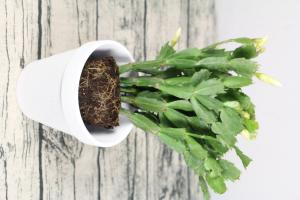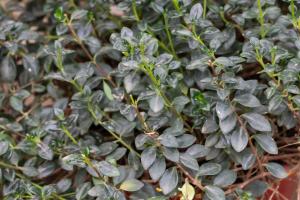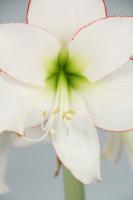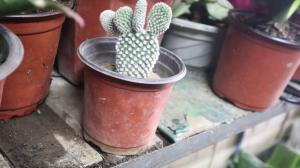Introduction
Pitcher plants are fascinating carnivorous plants that are known for catching their prey in a specialized leaf structure known as a pitcher. While there are many species of pitcher plants, each with its unique characteristics, one thing that many people wonder about is whether there should be water in the pitcher plant flower. In this article, we will explore this topic in more depth and provide you with everything you need to know about pitcher plants and water.
Understanding Pitcher Plants
Pitcher plants are found in various parts of the world, including Asia, Australia, and America. They grow in a wide range of habitats, from bogs and swamps to rocky soils and even disturbed sites. The unique feature of these plants is their modified leaves, which are shaped like a funnel or a tube, and designed to trap insects and other small creatures.
The trapping mechanism varies from species to species, but most pitcher plants use a combination of factors such as slippery walls, downward-pointing hairs, and digestive enzymes to ensnare and digest their prey. The digestive enzymes are produced by specialized glands located in the walls of the pitcher, and they break down the proteins and other nutrients in the insects' bodies, which the plant then absorbs.
The Role of Water in Pitcher Plants
Water is an essential element for the survival of all plants, including pitcher plants. These plants require adequate moisture to grow, develop, and function properly. In the case of pitcher plants, water is also essential for maintaining the humidity and freshness of the digestive fluid in the pitcher.
Typically, pitcher plants contain some amount of water in their pitcher, which is either collected from rainfall or generated internally by the plant through a process known as transpiration. The availability of water in the pitcher serves two main purposes. Firstly, it provides a humid environment that helps to keep the digestive fluid in the pitcher fresh and active. Secondly, it serves as a potential drowning trap for insects that may fall into the pitcher.
Should There be Water in Pitcher Plant Flower?
The answer to this question varies depending on the species of pitcher plant. Some pitcher plants, such as the Nepenthes, require a significant amount of water in their pitchers to function correctly. These plants are native to tropical regions and thrive in high humidity conditions.
On the other hand, there are pitcher plants, such as the Sarracenia, that do not require water in their pitchers to trap insects. These plants are native to colder regions and have developed a different mechanism to attract and trap their prey. Instead of relying on water to create a drowning trap, they use downward-pointing hairs, a slippery surface, and a sweet nectar-like liquid to lure insects into their pitchers.
The Bottom Line
In conclusion, whether or not there should be water in pitcher plant flowers depends entirely on the species of the plant. While some pitcher plants require water to function correctly, others do not. Regardless, it is essential to ensure that pitcher plants have access to adequate moisture, whether in the form of water in the pitcher or through regular watering. By providing pitcher plants with the right conditions, you can enjoy these fascinating plants for years to come.

 how many times do yo...
how many times do yo... how many planted tre...
how many planted tre... how many pine trees ...
how many pine trees ... how many pecan trees...
how many pecan trees... how many plants comp...
how many plants comp... how many plants can ...
how many plants can ... how many plants and ...
how many plants and ... how many pepper plan...
how many pepper plan...






























